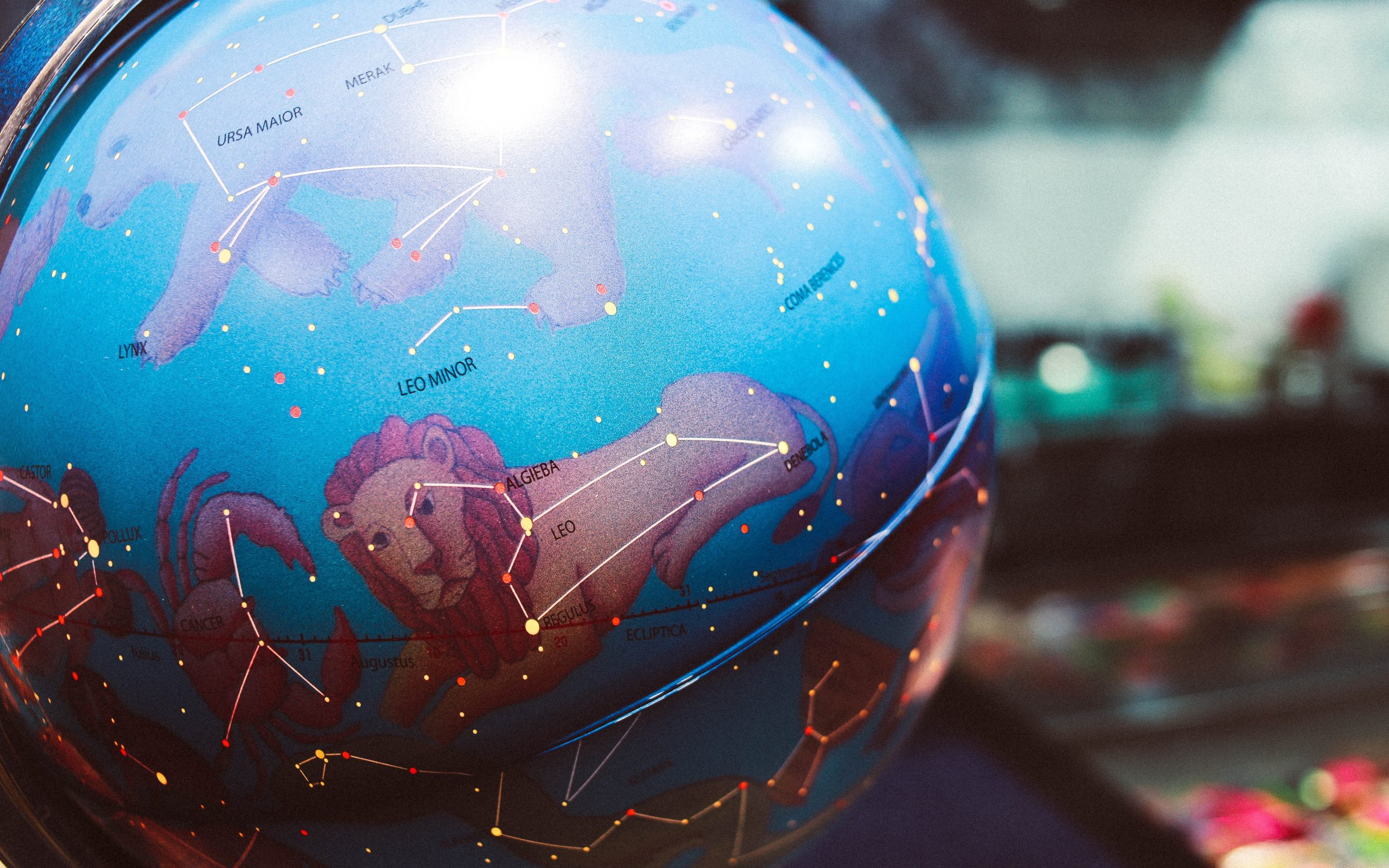The Moon and Your Period: Exploring the Lunar Connection
Throughout history, humans have been captivated by the presence of the moon in the night sky. Its ethereal glow and mysterious influence have sparked countless myths, legends, and even scientific curiosity. One area of interest that has gained attention in recent years is the potential connection between the lunar cycle and a woman’s menstrual cycle. While scientific evidence on this topic is limited, many believe that the moon can have an impact on the timing and intensity of menstrual cycles. In this blog post, we will delve into this fascinating topic and explore the theories, anecdotes, and potential explanations behind the moon’s influence on menstruation.
The Menstrual Cycle: An Overview
Before we dive into the moon’s potential influence, let’s first understand the basic mechanics of the menstrual cycle. The menstrual cycle is the monthly hormonal cycle that prepares a woman’s body for pregnancy. On average, it lasts around 28 days, although it can vary significantly from woman to woman.
The cycle begins with the shedding of the uterine lining, known as menstruation. This is followed by the follicular phase, during which the ovaries develop follicles, each containing an egg. One of these follicles eventually matures and releases an egg in a process called ovulation. After ovulation, the body enters the luteal phase, during which the uterine lining thickens in preparation for a potential pregnancy. If pregnancy does not occur, the uterine lining is shed again, marking the start of a new cycle.
The Lunar Cycle
Now let’s turn our attention to the lunar cycle. The lunar cycle refers to the period it takes for the moon to complete one orbit around the Earth, which is roughly 29.5 days. It consists of four primary phases: new moon, waxing crescent, first quarter, waxing gibbous, full moon, waning gibbous, third quarter, and waning crescent.
Throughout history, the moon has been associated with various beliefs and influences. It has been linked to agricultural practices, ocean tides, and even human behavior, although the scientific evidence supporting these connections is often anecdotal or inconclusive.
Aligning the Cycles: Myth or Reality?
Given the similar durations of the menstrual cycle and the lunar cycle, many theories have emerged suggesting a connection between the two. Some individuals believe that menstruation coincides with certain phases of the moon, with the new moon and full moon being the most commonly mentioned.
Those who adhere to this belief argue that during the new moon, when the moon is not visible from Earth, there is a surge of menstrual energy that reflects the shedding of the uterine lining. Conversely, the full moon is associated with heightened fertility and increased chance of conception.
However, it’s important to note that scientific evidence for these claims is lacking. Most studies conducted so far have been small-scale or based on self-reporting, making it difficult to draw definitive conclusions.
Possible Explanations
While the scientific evidence remains inconclusive, there are a few theories that attempt to explain the perceived connection between the moon and menstruation.
1. Natural Synchronization
One theory suggests that women who live in close proximity, such as in dormitories or small communities, may experience synchronized menstrual cycles. The idea is that exposure to the same environmental factors, including natural light, can influence hormone regulation, potentially aligning menstrual cycles.
If this theory is valid, it could provide a possible link between menstruation and the lunar cycle. Women living close to each other may also be exposed to similar external factors that are influenced by the moon, such as bright moonlight or gravitational forces.
2. Psychological and Cultural Factors
Another explanation for the perceived connection between the moon and menstruation may lie in cultural or psychological factors. The moon has long been associated with femininity, intuition, and the cycles of life. It’s possible that these symbolic connections, deeply ingrained in our collective consciousness, influence our perceptions and experiences.
Additionally, cultural beliefs and lunar myths passed down through generations can shape our observations and interpretations. When individuals believe in a connection between the moon and menstruation, they may subconsciously look for patterns or attribute changes in their menstrual cycle to lunar phases.
3. Ambient Light
One more scientific explanation relates to ambient light exposure. Light is a powerful influencer of our body’s circadian rhythm and hormonal regulation. Some studies suggest that exposure to bright artificial light or natural light during the night could potentially disrupt melatonin production and affect menstrual cycles.
As the lunar cycle varies the amount of light it emits, some argue that the changing moon phases could indirectly impact melatonin levels and subsequently affect the menstrual cycle. However, further research is needed to confirm this hypothesis.
The Power of Perception
Regardless of the scientific evidence, it’s crucial to acknowledge the power of perception and belief. The mind plays a significant role in how we interpret and experience the world around us. If someone feels a connection between their menstrual cycle and the moon, it can be a meaningful and personal experience, regardless of whether it can be objectively measured or proven.
Conclusion
Exploring the potential connection between the moon and the menstrual cycle has intrigued scientists, researchers, and individuals alike. While the scientific evidence remains inconclusive, the theories and personal anecdotes surrounding this topic cannot be dismissed.
Whether the lunar cycle truly influences menstruation or if it is a product of psychological and cultural factors is yet to be determined. As with many phenomena that bridge science, culture, and personal experiences, the mystery of the moon and its relationship to the human body continues to captivate our imagination.
So, the next time you gaze up at a full moon shining in the night sky, take a moment to ponder the enigmatic connection it may hold with the inner cycles of your body.
Table of Contents
